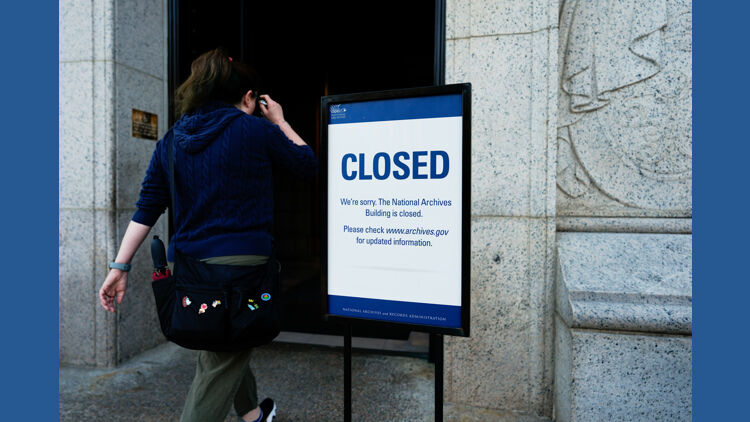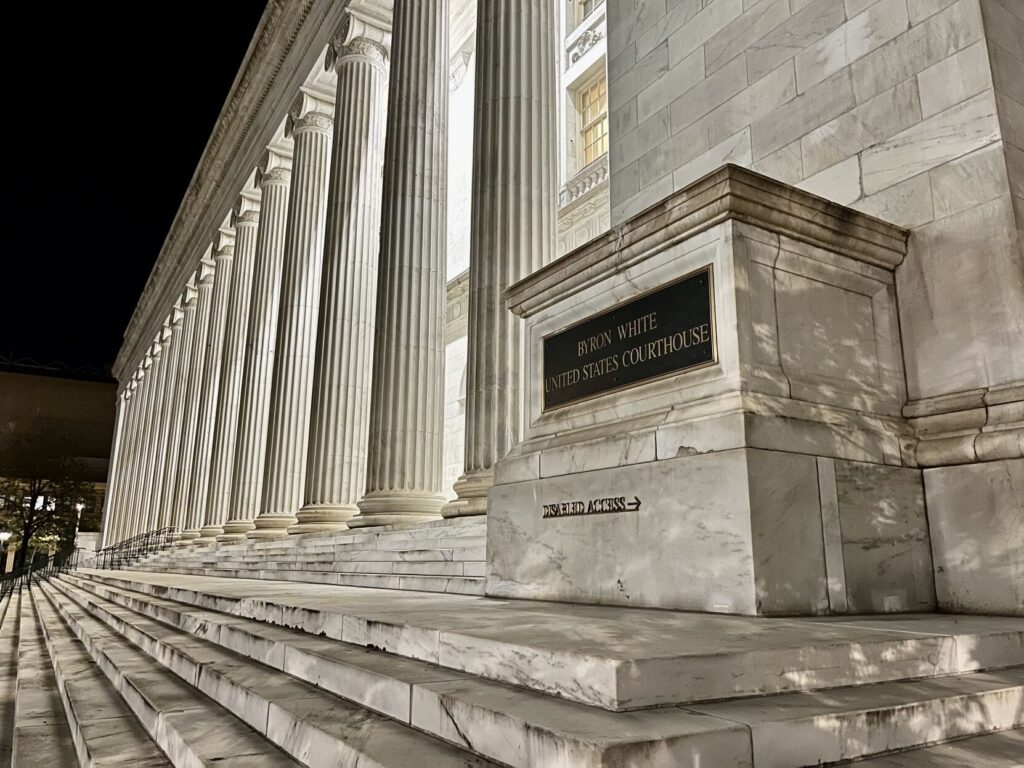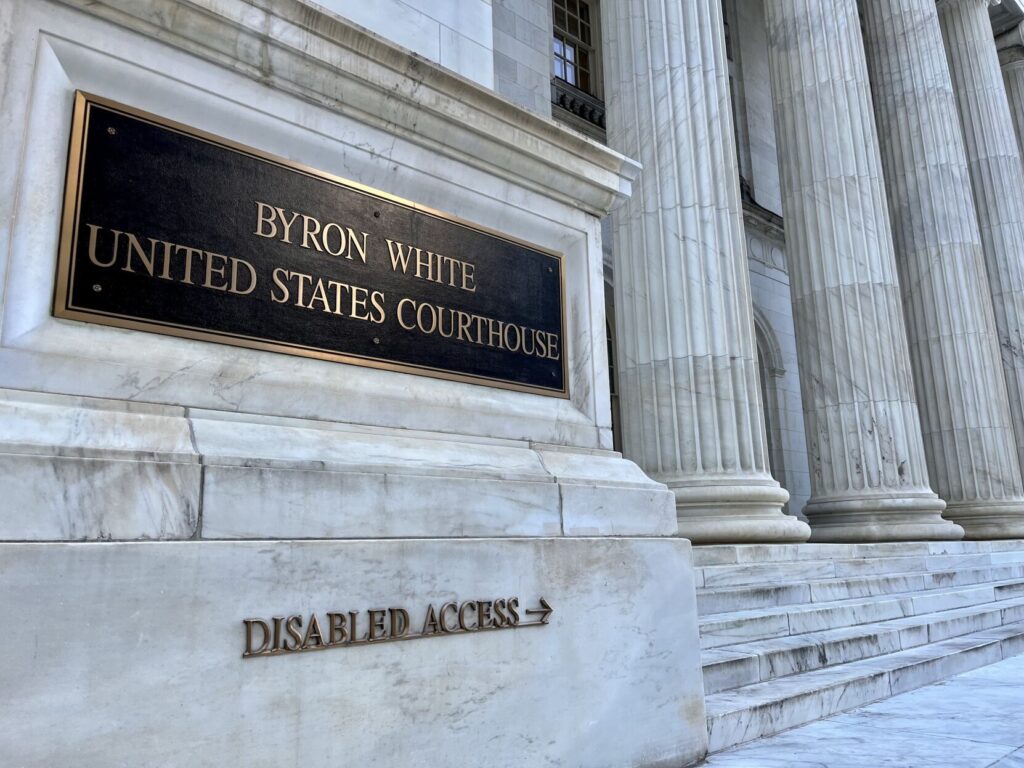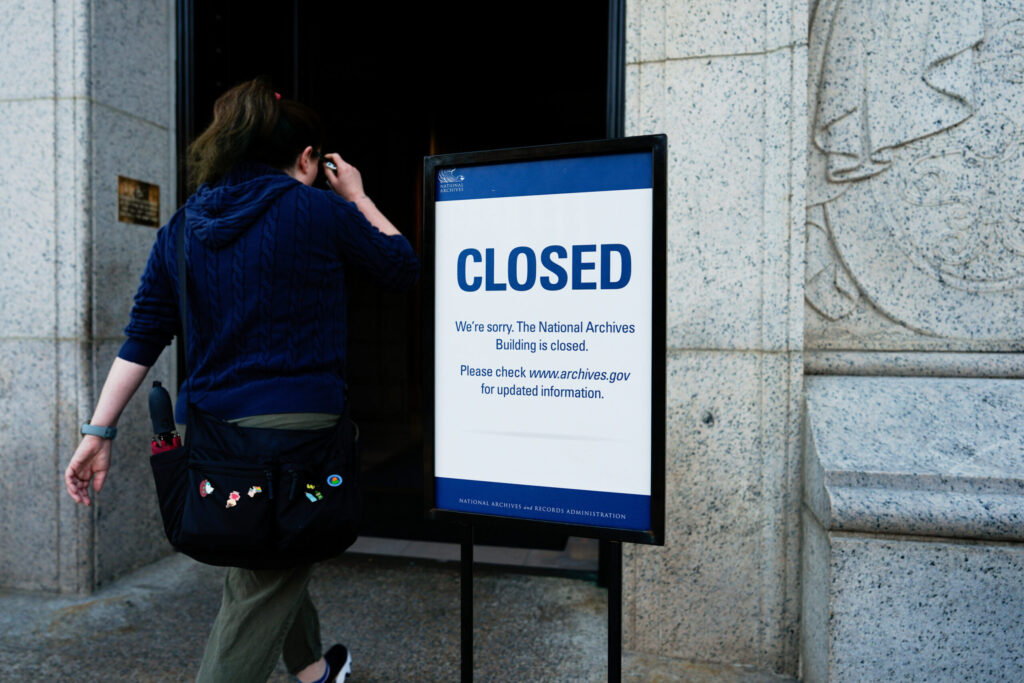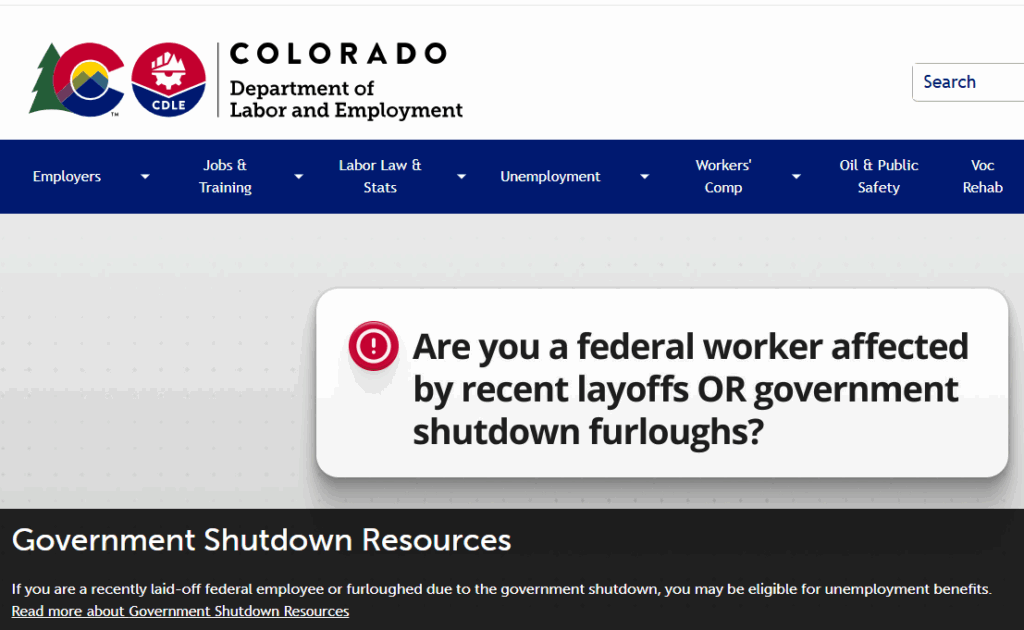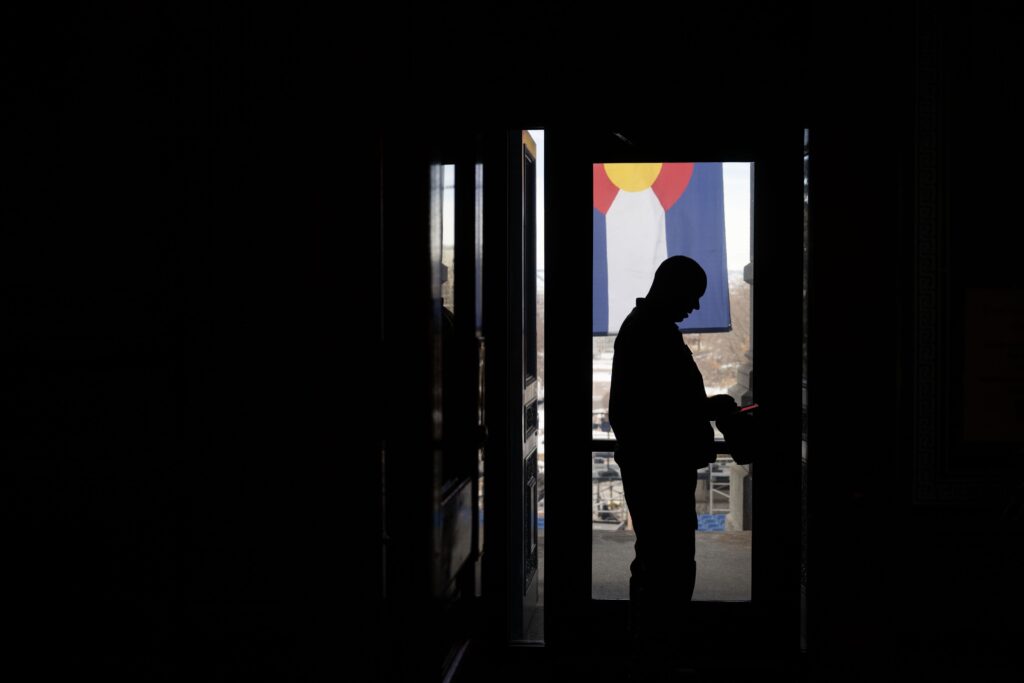Denver candidates grapple with growth
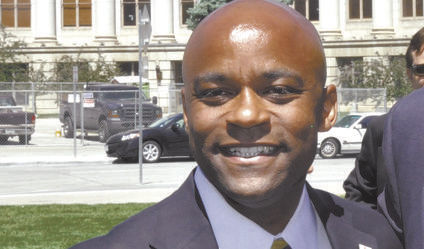
When ballots are counted in the Denver municipal races on the night of May 5, the city is almost certain to wind up with familiar faces in citywide and district offices while at the same time greeting an unusually large number of newcomers to city government.
First, the familiar: Denver Mayor Michael Hancock isn’t facing serious opposition in his run for a second term, and neither is Clerk and Recorder Debra Johnson. City Councilman Chris Nevitt is the leading candidate for city auditor, while three of his council colleagues have the ballot to themselves in their bids for reelection. But six of the city’s 13 council seats are open (five due to term limits and the sixth due to Nevitt’s run for auditor), guaranteeing that nearly half of the body will turn over after the election.
It’s been 20 years since a Denver mayor has had any trouble winning another term and a full 36 years since one has been ousted from office, when Federico Peña defeated incumbent Bill McNichols. (Peña’s successor, Wellington Webb, barely won a second term in 1995, though he cruised to a third term, and his successor, Gov. John Hickenlooper, won his second term without breaking a sweat.) With more than $1.2 million raised and just three low-funded, perennial challengers on the ballot, Hancock looks to have a lock on another four years in office.
Hancock formally launched his reelection bid three months ago in celebratory style, boasting that the city has rebounded from the doldrums that beset the economy when he took office — adding 36,000 new jobs and 2,200 new businesses, all while the unemployment rate has plunged to 4 percent.
“Working side by side with all of you, I’m proud of all we have accomplished,” Hancock said. “Together, I want to continue improving this amazing home of ours so that this great city of opportunity extends to everyone.”
He’s reiterating the message in a series of television commercials, including one Hancock describes as “our take on the movie Planes, Trains and Automobiles, only our version is more like Bike Share, Car Share, and Pedestrian Walkways.” The second touts the creation of the MY Denver card, a pass that gives Denver children access to the city’s recreation centers, libraries and cultural institutions.
“Michael is determined to create more opportunities for every child in every neighborhood because it was the opportunities he was afforded growing up in Denver that made him who he is today,” his campaign manager, Jake Martin, told The Colorado Statesman.
The mayor didn’t have a prominent opponent until Monday, nearly a week after mail ballots went out, when neighborhood activist Larry Ambrose filed an affidavit certifying himself as a write-in candidate.
Not that he’s actively campaigning for the job, says Ambrose, who ran unsuccessfully for a city council seat in the last municipal election. And not that he thinks he’s even got much of a shot.
“I think the chances of my actually winning are very slim,” Ambrose told The Statesman this week. “But it will send a message to whoever does win that the neighborhoods are very concerned about certain issues that are not being addressed.”
Top among those concerns, he said, are questions about what he termed “overdevelopment” in Denver as the city grows out of the last downturn.
“Booms and busts are nothing new in Colorado,” said Ambrose, a fourth-generation Coloradan. “When we have the busts we muddle our way through it. But when we have the booms, we have to be cautious we don’t end up holding the bag when the boom is over.”
And that’s what Ambrose said motivated friends and supporters to launch a campaign on social media urging voters to write in his name on the mayoral ballot.
“We need to moderate our growth in a way that lasts. The kind of development that’s taking place just doesn’t sit well with people,” he said, faulting city leaders for being in the thrall of “development interests run amok.” Repeating “The mantra of density,” he said, the city has been building “too much, too soon.”
In particular, Ambrose, the president of the Sloan’s Lake Neighborhood Association and a board member of Inter-Neighborhood Cooperation, points to development under way at the former St. Anthony’s hospital site in west Denver as ill-conceived and out of balance with the surrounding area. Nearby, he blasts what he terms “mountain goat villas,” boxy constructions cramming six units onto lots where single-family homes previously stood. “They’re stuffing people into these units,” he lamented. “It’s completely changing the character of the neighborhood.”
A Hancock spokesman stressed that the administration is working to achieve balance as the economy rebounds and the city makes way for surging demand for housing.
“More than 100,000 people have moved to Denver over the last decade and another 100,000 are expected in the next decade,” Martin said. “In addition to population growth, we’re also seeing job growth and economic growth. These are good things, but they are happening quickly following several years of recession. That’s why we need to ensure that we are growing smart and following Blueprint Denver, which encourages growth around transit-oriented developments, improve transit options and increase our stock of affordable, accessible and diverse housing options. Together, these steps will help create more live-work-play communities and keep Denver as one of the most sustainable and livable cities in America.”
Questions about the city’s robust development — its pace, scale and quality — have been front and center in city council races, too, perhaps most pointedly in District 1 in northwest Denver, where first-term incumbent Susan Shepherd is facing a strong challenge from architect Rafael Espinoza.
“What resonates,” Espinoza told The Statesman, “is that a lot of the reasons people have moved to northwest Denver is to escape the city and find an affordable place to live and raise a family, but more and more the new development is destabilizing the existing character and fabric, blocking out sunlight and transforming the neighborhood in a way that it’s no longer the successful community it has been.”
After the city adopted a comprehensive zoning plan in 2010, he said, “They knew they didn’t get it right, but rather than start to use the tools that are there to try to shape the development in a way that honors the existing fabric — so you can still capture growth, but in a way that’s more supportive and sustainable — the development has been going on unchecked.”
For her part, Shepherd doesn’t deny that growth in her part of town has been a problem. “We’ve had such incredible development, with skyrocketing home values and rents through the roof, it’s been a very big change in a short period of time,” she said. “There’s an urgency around trying to retain the cultural and socioeconomic character of our neighborhood, a place where people who grew up here can still live here, people who work downtown can still afford to live here.”
But it’s not as simple as Espinoza maintains, she said, pointing to her work aimed at easing the “incredible strain” that rapid development has placed on transportation and traffic systems. Among the solutions, she said, have been adjusting the timing on traffic signals on West Colfax Avenue, building pedestrian-friendly infrastructure near schools and adding bicycle lanes.
“The biggest problem has been not being able to anticipate the market would come roaring back with a vengeance,” Shepherd said. When she ran for city council four years ago, she noted, the economy was floundering, with a “real” unemployment rate around 20 percent. “It was pretty doomsday out there,” she recalled. “And literally in the last two to three years, it has gone 180 degrees, with a vengeance. You can’t control the market. If there had been a way to predict it better, perhaps slowing some of that down would have been wise.” She added, “Concerns about mass and scale are valid, and there are tools in our zoning code to address those issues.”
While Espinoza credits Shepherd with championing bicycle and pedestrian thoroughfares, he doesn’t cut any slack when it comes to responding to the surging construction market. Pointing out that he’s been a practicing architect for 20 years and works to plan affordable housing, he said he’s got the bona fides to demand better development than the district has been getting. “The developers always approach you and tell you it has to be a certain way, but, the reality is, there’s always some flexibility there.”
Shepherd said that her challenger doesn’t see the whole picture, including negotiations she said are under way to build “many new units” of affordable housing at the St. Anthony’s development, contrary to his charges that the project amounts to “a missed opportunity.
“It’s not just lower-income individuals or people of color that are worried about gentrification,” Shepherd said, adding that she regularly hears from middle- and even upper-income residents worried about being able to stay in the area. “People are genuinely concerned that their children or grandchildren who have grown up in northwest Denver are never going to be able to afford to live there.”
Ballots must be returned by 7 p.m. on May 5 — that’s May 5, despite a misprint by a vendor, which mistakenly listed the June 2 date of the city’s run-off election on some ballot envelopes.
As for Ambrose, he acknowledges that it’s unlikely he’ll upset a popular, well-funded mayor with a last-minute write-in campaign.“I won’t be holding my breath,” he said with a chuckle. “I won’t be writing my victory speech prior to Tuesday night, May 5.”
Candidates challenging Hancock also include “Chairman” Sekú, Paul Noël Fiorino and Marcus Giavanni. In addition to Ambrose, Brad K. Evans and Scott Hoftiezer are certified write-in candidates for mayor.
In the race for auditor, Nevitt and former Colorado State Auditor Timothy O’Brien are squaring off. Johnson is facing a challenge from Joan Poston in her bid for a second term as clerk and recorder.
Incumbent City Council members Paul Lopez of District 3, Mary Beth Susman of District 5 and Christopher Herndon of District 8 are unopposed on the ballot. In the District 3 race, Michelle Schoen is a write-in candidate.
At-large Councilwomen Robin Kniech and Debbie Ortega are running for second terms against a field that includes Jose Silva, Jeffrey Washington and Kayvan Khalatbari for the two seats.
Incumbent City Councilman Albus Brooks is facing a challenge from Ean Thomas Tafoya and Michael Borcherding for the District 9 seat.In bids for the open City Council seats, the District 2 race includes former state Reps. Fran Coleman and Jeanne Labuda, along with Kevin Flynn, John Kidd and Danny F. Lopez, and write-in candidate Corrie Houck. In District 4, Carolina Klein, Kendra Black and Halisi Vinson are running. Paul Kashmann and Liz Adams are vying for the District 6 seat. The crowded field to represent District 7 includes former state Rep. Anne McGihon, Jake Viano, Mickki Langston, Michael J. Levy, Mateos Alvarez, Aaron Greco, Jolon Clark, Ian Harwick and Luchia Ann Brown. Vying for the District 10 seat are Chris Cornell Wedor, Wayne New, Travis P. Leiker, Anna Jones and Chris Chiari. And in District 11, Tim Camarillo, Stacie Gilmore, Shelli Brown, Sean Bradley and Tea Schook are on the ballot.
For candidates who don’t clear 50 percent of the vote — except in the at-large City Council race, where the win goes to the top two finishers — there will be a run-off election with ballots due on June 2.




